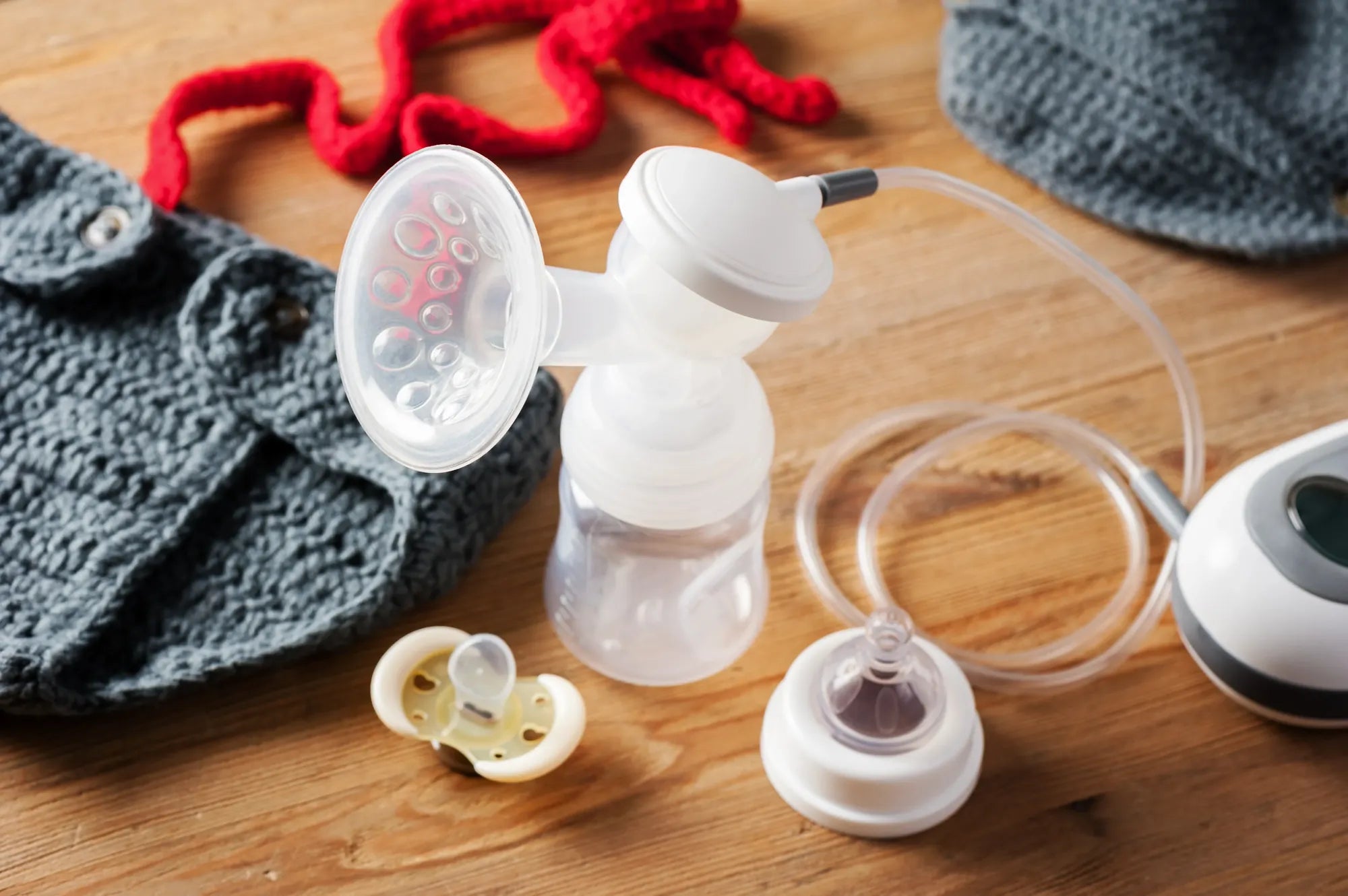Home
Pregnancy, Breastfeeding, and Pumping: The Ultimate Guide for Moms
Will Pumping Before Breast Feeding Help Hindmilk?

Will Pumping Before Breast Feeding Help Hindmilk?
Breastfeeding is a natural and essential process for both mother and baby, but it often comes with questions and challenges. One common query is whether pumping before breastfeeding can help ensure the baby receives more hindmilk. This article delves into the science behind milk production, the differences between foremilk and hindmilk, and the potential benefits and drawbacks of pumping before nursing.
Understanding Foremilk and Hindmilk
Breast milk is not uniform in composition. It changes during a feeding session, starting with foremilk and transitioning to hindmilk. Foremilk is the milk that flows at the beginning of a feeding. It is thinner, higher in lactose, and lower in fat. Hindmilk, on the other hand, is the milk that comes later in the feeding. It is richer in fat, calories, and essential nutrients, making it crucial for the baby's growth and development.
The Role of Hindmilk in Infant Nutrition
Hindmilk is vital for providing the baby with the necessary calories and nutrients to thrive. It helps in weight gain, brain development, and overall health. Ensuring that the baby receives an adequate amount of hindmilk is a priority for many breastfeeding mothers.
Pumping Before Breastfeeding: The Theory
The idea behind pumping before breastfeeding is to remove the foremilk, allowing the baby to access the hindmilk more quickly. By pumping out the initial milk, the baby may receive a higher concentration of fat and nutrients from the start of the feeding session.
Potential Benefits of Pumping Before Breastfeeding
There are several potential benefits to pumping before breastfeeding. It may help babies who have trouble gaining weight by ensuring they receive more calorie-dense hindmilk. Additionally, it can be beneficial for mothers with an oversupply of milk, as it can help regulate milk flow and prevent the baby from getting too much foremilk.
Drawbacks and Considerations
While there are potential benefits, there are also drawbacks to consider. Pumping before breastfeeding can lead to an oversupply of milk, as the body may respond to the increased demand by producing even more milk. This can create a cycle of needing to pump more frequently. Additionally, pumping can be time-consuming and may not be practical for all mothers.
Impact on Milk Supply
Pumping before breastfeeding can impact milk supply. The body produces milk based on demand, so removing milk through pumping can signal the body to produce more. This can be beneficial for mothers who need to increase their milk supply but may be problematic for those who already have an oversupply.
Practical Tips for Pumping Before Breastfeeding
For mothers considering pumping before breastfeeding, there are some practical tips to keep in mind. It's important to pump for a short duration, just enough to remove the foremilk. Timing is also crucial; pumping too long before a feeding may lead to the baby not getting enough milk. Consulting with a lactation consultant can provide personalized advice and support.
Alternatives to Pumping Before Breastfeeding
There are alternatives to pumping before breastfeeding that can help ensure the baby receives more hindmilk. One approach is to allow the baby to nurse on one breast until it is fully drained before switching to the other breast. This can help ensure the baby gets both foremilk and hindmilk in the right proportions.
Consulting with a Lactation Expert
Every mother and baby pair is unique, and what works for one may not work for another. Consulting with a lactation expert can provide tailored advice and support. They can help assess the baby's feeding patterns, milk intake, and overall health to determine the best approach.
Understanding the dynamics of foremilk and hindmilk, and the potential impact of pumping before breastfeeding, can help mothers make informed decisions. While there are benefits to this practice, it's essential to weigh them against the potential drawbacks and consider individual circumstances. With the right support and information, mothers can find the best approach to ensure their baby receives the nutrition they need.
Share
